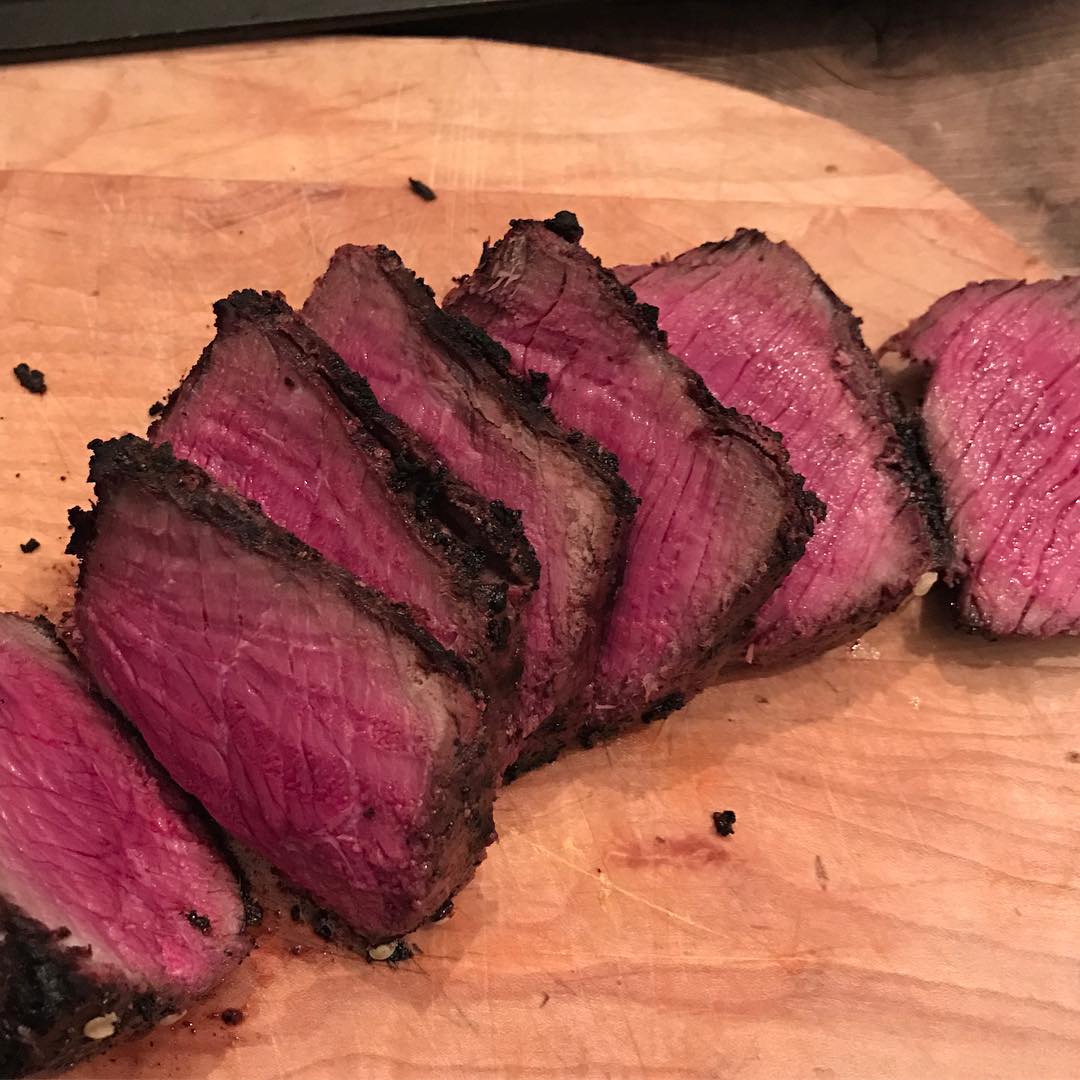
It’s that time of year again! September is here! With that means the opportunity for hunters across the nation to head out into the backcountry in search of the most organic, most free range, most rewarding meat possible.
Many of us will be spending multiple days in the woods, carrying our essentials around on our backs. This means careful planning in regards to shelter, food, survival and weight.
As I’m uniquely qualified, for the last few years I’ve done all of the planning and preparation for our group’s hunting trips. So I thought I’d outline my process here for you to utilize.
Find Your Baseline
Before you do anything, you need to find your baseline Caloric needs, or more simply, what you need to eat to maintain your current bodyweight (heading into the woods is not a great time to start a weight modification plan).
Assuming you aren’t either gaining or losing weight, you can find out what your daily caloric number and macronutrient profile is currently by using a food tracking app like myfitnesspal.com. By using that app, you can take a look at what you’re doing on a daily basis and take an average of your calories that you’re eating on non-training days.
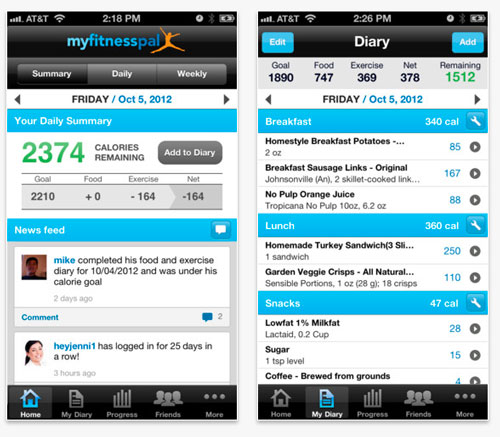
If it is too late, just not an app kind of person, or aren’t interested in taking the time to calculate your daily calories and macronutrients, you can make a reasonable estimation by using the equation below:
Women: BMR = 655 + (4.35 * weight in pounds) + (4.7 * height in inches) –
(4.7 * age in years)
Men: BMR = 66 + (6.23 * weight in pounds) + (12.7 * height in inches) –
(6.8 * age in years)
Or, you can enter them into this calculator here.
If those equations look complicated, they are. You can read more about how flawed calorie estimations can be here. However, it’s a good place to start if you can’t or won’t track to see what your real numbers are.
Determine What Type of Hunting You’ll be Doing
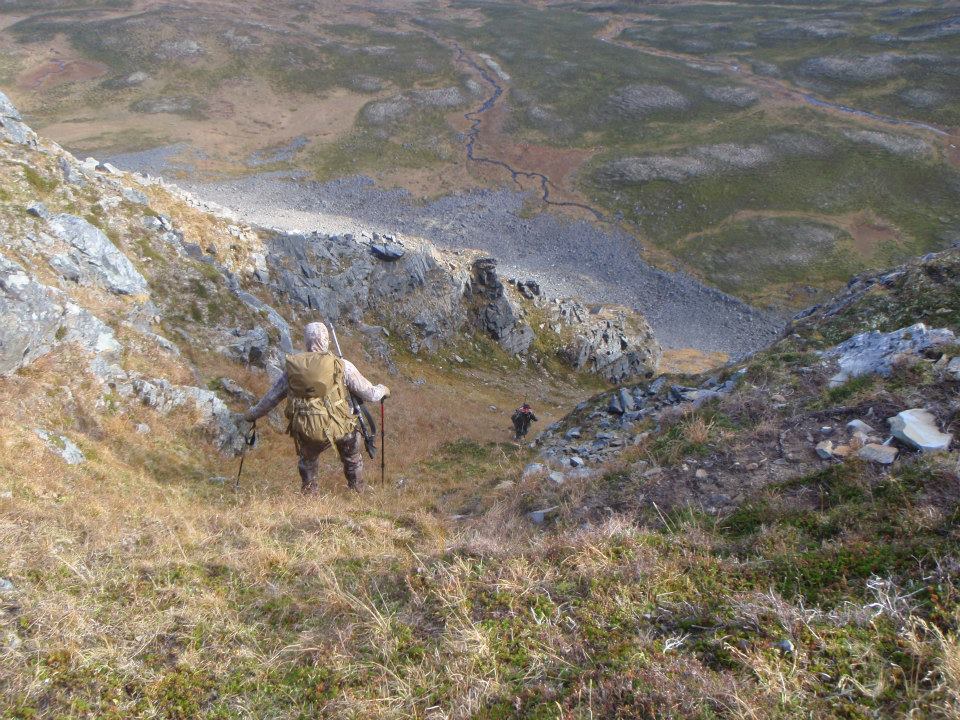
Once you figure out your baseline number, you’ll want to consider what type of hunting you’ll be doing. If you’re a 10-15 mile a day, straight up and down type of hunter, you’ll want to multiply the number you figure out above by 1.3-1.5. If you’re going to be setting up a camp and glassing to ridges from a couple hundred yards outside of camp until you find something, you can probably just leave your number where it is.
In other words, the harder you’ll be working, the more intense the climbing, the heavier the pack you’ll be wearing, the more calories you’ll need on a daily basis.
Determine your Macronutrients
This is where it’ll get a little more complicated and will again depend a lot on the type of hunting you’ll be doing. It should be noted that in order of importance, this process will diminish as we go. In other words, first you need to focus on calories per day, second you’ll need to focus on macronutrients per day, third meal timing per day, fourth food quality per day.
Intense/Vertical Hunters plans should look something like the following:
-
80% Bodyweight in grams of protein per day (ex: 190lb man ~ 152g Protein/day)
-
Bodyweight in grams of carbohydrates per day (ex: 190lb man ~ 190g Carb/day)
-
Whatever is left over should be grams of fat* (ex: 190lb man ~ 125g Fat/day)
-
*to find this number, multiply your grams of protein by 4, your carbohydrates by 4 and subtract that number from your daily calorie number. Then divide this number by 9. This will give you your daily grams of fat
Less Intense/Hunt from Camp/Flatland Hunters plans should look like the following:
-
80% Bodyweight in grams of protein per day (ex: 190lb man ~ 152g Protein/day)
-
.75 bodyweight in grams of carbohydrates per day (ex: 190lb man ~ 140g Carb/day)
-
Whatever is leftover in grams of fat* (ex: 190lb man ~ 115g Fat/day)
-
*to find this number, multiply your grams of protein by 4, your carbohydrates by 4 and subtract that number from your daily calorie number. Then divide this number by 9. This will give you your daily grams of fat
As you may have gleaned from above, the more intense your days will be, the more carbohydrates (and less fat) you’ll need for fuel. The less intense your days are, the less carbohydrates (and more fat) you’ll need.
Build your Days According to Your Calorie and Macronutrient Needs
I use a spreadsheet for this, but you can definitely go pen and paper, or just go shop and plug it all in as you go.
I’ll generally try and build this out evenly through the day over 4-6 meals (again depending on what this all looks like and what I’m used to). My current, normal daily nutrition is 3 meals and 2 snacks, so I’ll try and replicate that in the woods. I also find that mentally, it’s easier for me to stay focused and be able to stay out longer if I have lots of opportunities to eat. When it gets monotonous, or I get bored or discouraged, having a snack or a meal seems to be very effective in boosting morale.
So, take however many meals you’ll need and start building like this:
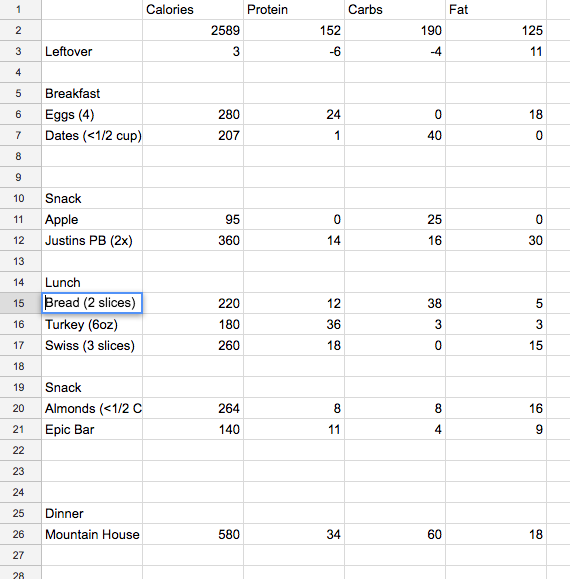
Don’t worry, you won’t get it perfect, but I bet you’ll learn a lot about the contents of what you’re eating and what you’re planning on eating.
For nutrition facts, you can either google them. Using Google Image search usually works well. Or, myfitnesspal.com has a good stockpile of resources as well.
After that, you should be ready to do some shopping and put it all together.
Concluding Thoughts
If this is your first time doing using this type of ratio or this percentage of macronutrients, you will almost undoubtedly feel like it’s too much food. It’s not. It’s just a lot of protein. This is a good thing. While you’re hiking your ass around in the woods, for multiple days at a time, you’re going to want to recover. Protein will be your best resource for tissue repair and recovery. It will also help to to fortify your muscles if you end up going for an extended period of time without eating (for example on a long stalk, etc). When you run out of available nutrients, your metabolism will turn to breaking down and using muscle tissue for fuel (not good).
Remember that the ratios and percentages used for carbohydrates and fat are just estimates and based on intensity. Most flatland, light hiking is easy while most up and down, heavy hiking is hard. Most people will fall somewhere in the middle of those two. So, when you’re playing with your ratios, know that you can probably modify those numbers to suit what foods you are going to want to eat, are easy to pack, not spoil, and you know you digest well. (I would highly recommend against experimenting with new stuff when you go into the woods. Spending your trip with the runs will make hunting difficult).
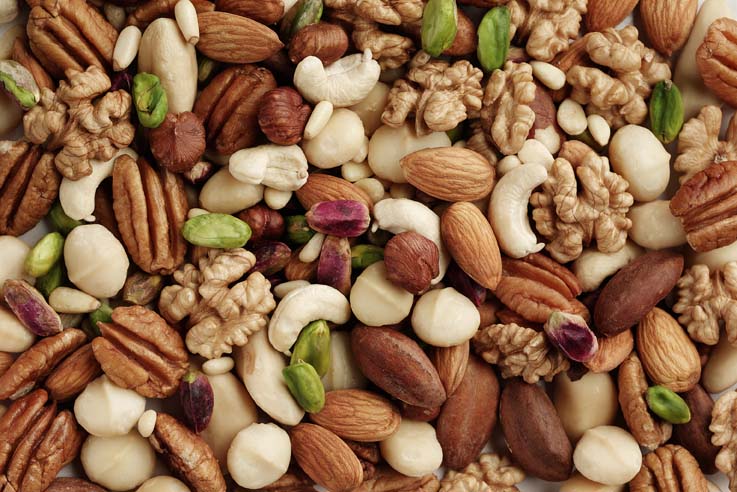
In regard to calories per ounce, Fats will be much more efficient than will be Protein or Carbs. Fats have 9 calories per gram while Protein and Fat have 4 calories per gram. So, if you’re looking to save serious weight, look to shift those ratios more towards the fat side of things. And then, you can make up for the carb difference by bringing a simple, powdered Gatorade type mix to use in your Nalgene bottle on a daily basis to supplement carbohydrates if you’re feeling sapped for energy.
Try and space out your carbohydrates throughout the day, loading them according to your day’s activity as much as possible. For example, if your day starts out steep and hard, give yourself lots of carbs around that window. If it starts out easy but will get super tough towards the end, put the majority of your carbs in that window.
You may notice that my Dinners are Mountain House. Yes, they are not real high on the food quality list, but they’re super convenient, inexpensive, lightweight, they taste good to me, they agree with me and I’m not eating them every day for every meal for the rest of my life. If eating a dozen of those through the month of September means all of those things above, I can handle the potential downfalls of eating something highly processed. (Heather’s Choice is a much more “healthy” choice, but it’s less calories and more expensive by quite a bit).

Lastly, you’ll notice a major lack of vegetables in that list. Yes, this is a bit of an issue. You still want your micronutrients while out in the woods. Unfortunately, most vegetables are going to be hard to keep from spoiling, and are relatively bulky to carry around. I recommend bringing a Greens Supplement (ziplock bag with as many scoops as you have days) and mixing a scoopful in a morning or evening Nalgene bottle mixed with water. It won’t taste incredible, but it’s also not that bad. It’ll be worth it.
The supplement idea also works with protein powder as well. A small ziplock back with a scoop of protein powder per day of hunting will provide you with an extra 25-30g of protein per day if you’re finding yourself coming up short. Plus, it’s damn light and compact for carrying.
Hopefully that helps! If you have any comments or questions, shoot me an email, I’m happy to help.
